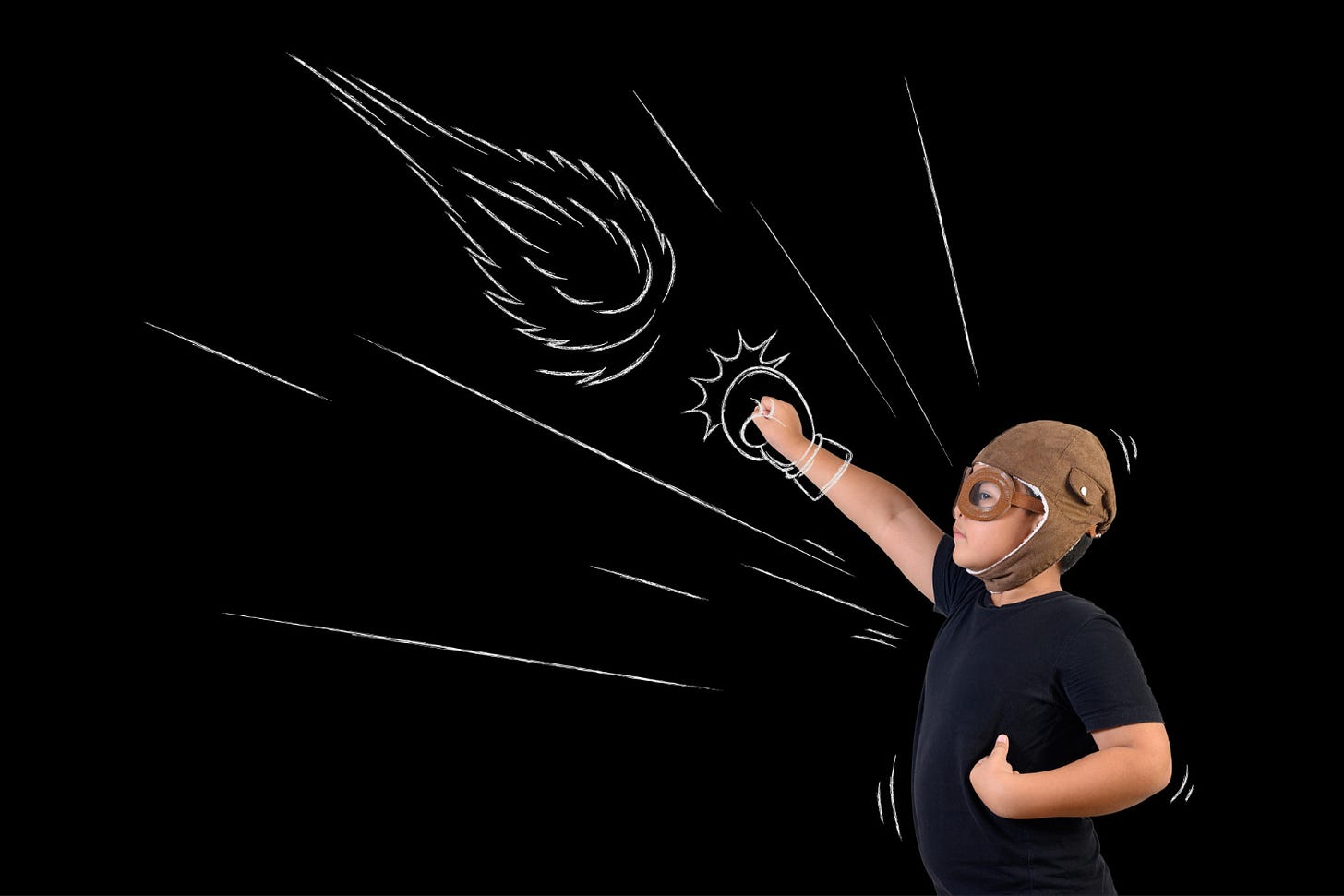Welcome to the 49th issue of the membership newsletter. You can also join the membership plan to receive weekly long-form articles. Recent content includes:
From Neurons to Neural Networks: How Psychologists Ignited the AI Revolution
The Benefits of Thinking About Aliens
Before the big moment arrives—a crucial presentation, a game-winning shot, a breathtaking performance—our minds often run countless rehearsals. What do you see? Is it yourself, confidently in command? Or is it a shadow self, hovering on the brink of failure?
These mental previews aren't just idle daydreams. They profoundly impact our confidence and, ultimately, shape our real-world performance. When facing challenges, we often focus on external skills, easily overlooking the silent rehearsals happening within. But your imagination isn't a mere bystander; it's a powerful tool capable of tipping the scales between success and failure. Especially under pressure, the landscape inside your mind can be more potent than the world outside.
The Hidden Power of Imagination: Where the Mind Goes, the Body Follows
Many people think imagination is primarily a tool for artists, not particularly relevant to the average person's work or life.
That couldn't be further from the truth. Imagination can trigger real physiological and emotional responses. Scientists have discovered a fascinating phenomenon called "Functional Equivalence." Essentially, this means that the neural circuits activated when you “imagine" performing an action are astonishingly similar to those activated when you actually perform it.
When professional basketball players visualize running or shooting, their brain activity patterns nearly mirror those during actual play. When pianists imagine their fingers gliding across the keys, the corresponding motor areas in their brains light up as if the music were already flowing from their minds.
Keep reading with a 7-day free trial
Subscribe to 光明王 to keep reading this post and get 7 days of free access to the full post archives.





